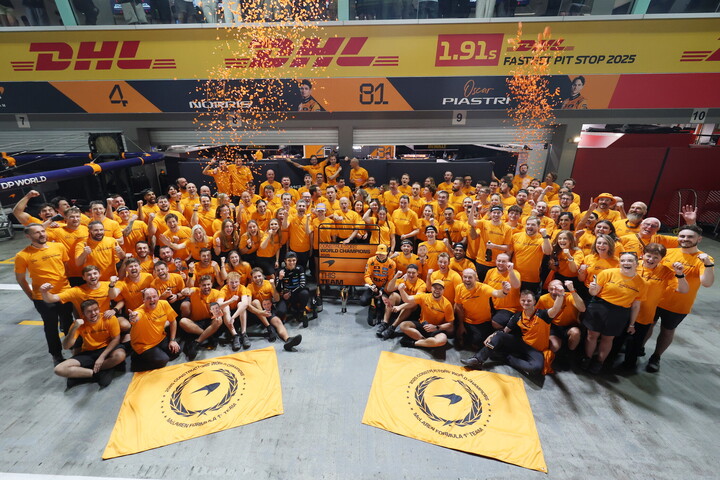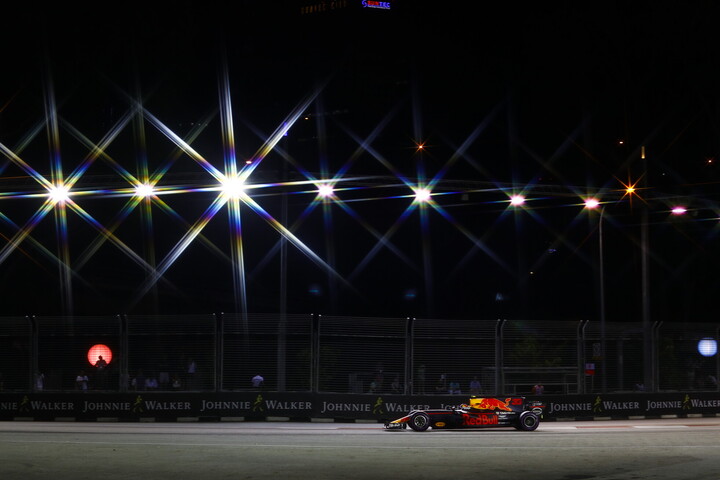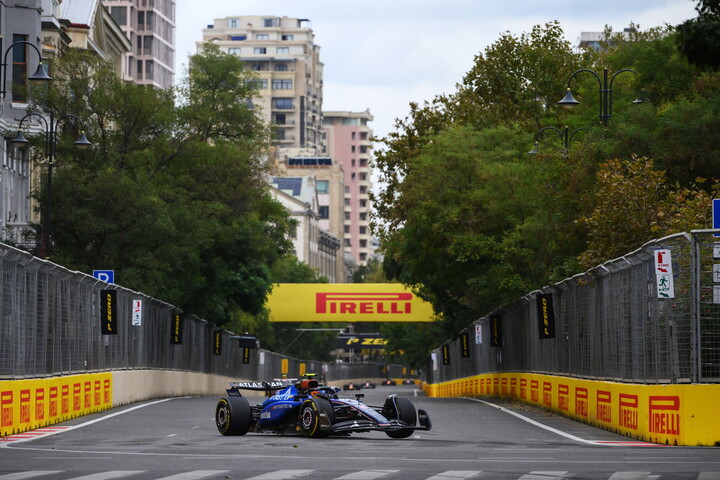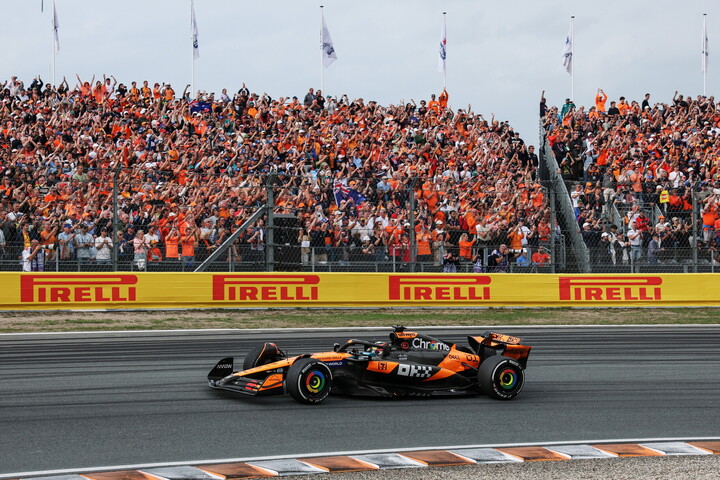On This Week #47: Gunnar Nilsson

Gunnar Nilsson was born in Helsinborg, Sweden on 20 November 1948 and is one of the ten Swedish drivers to date who have taken part in at least one Formula 1 Grand Prix.
Nilsson's story is all too short. He came to motorsport rather late, at least by today's standards, but quite common in the Seventies. He first made his mark in 1972, winning a Swedish Formula Vee race in Mantorp, before switching to Super Vee the following year, finishing fifth in the championship. That was enough to secure him sufficient funding to race as a privateer in the European and British Formula 3 series in a March-Toyota. His performances were good enough to net him a factory drive for the following year, in what would be a turning point in his career. With five wins and nine podium finishes from 16 races, Nilsson won the British F3 title and also finished second in Formula Atlantic for good measure, with four wins in as many races in the season finale at the wheel of a Chevron-Ford.
It was enough to make English Formula 1 team bosses sit up and take notice, always on the lookout for new talent as well as funding. Therefore, Frank Williams offered Nilsson an F1 test at Goodwood, as well as a drive for the following year, as long as the Swede could find at least part of the season's budget. Instead, Nilsson chose to race for March in Formula 2 and it proved to be the right move. His fellow countryman, Ronnie Peterson, was looking for a way out of his contract with Colin Chapman's Lotus team, not convinced the car would be competitive. Peterson moved to March and as part of the deal, Nilsson switched to Lotus in F1, making his debut in the second race of the 1976 season, in South Africa, less than four years after his single-seater debut.

In fact, the Lotus team turned out to be a shadow of its former self, which in the past had taken the likes of Jim Clark, Graham Hill, Jochen Rindt and Emerson Fittipaldi to the world title, and that year's cars was something of a disaster. In qualifying for the first two races in Kyalami and Long Beach, the Swede managed to qualify, albeit lightyears off the pole time, even by the standards of those days when time gaps were larger than they are now. However, once back in Europe, some updates were introduced on the car, while in the other car, Bob Evans was replaced by the far more competitive Mario Andretti. In Jarama, Nilsson qualified seventh and Andretti ninth, while in the race the Swede even made it to the podium, third behind James Hunt and Niki Lauda. Despite his Cosworth engine not being as competitive as its rivals, with questionable reliability, that year Nilsson finished in the top six – the only places to score points back then – on three more occasions, with another third place finish in Austria.

In the meantime, Chapman and his group of engineers were designing what would be one of the most innovative Formula 1 cars of all time, the Lotus 78. It put the team back on top of the world thanks to a completely revolutionary solution to the aerodynamic regulations. The car was ready by the end of the '76 season, but its untested reliability and Chapman's desire to keep it away from prying eyes – its side skirts certainly didn't go unnoticed – meant it did not make its debut until the first race of the following year in Argentina.
In 1977, Lotus was winning races as well as fighting for the title, eventually finishing second in the Constructors' championship with Andretti third in the Drivers'. The American-Italian won four races and Nilsson had one victory, in the Belgian Grand Prix at Zolder, in a race that started in the rain and ended in the dry: celebrating with him on the podium were fellow-Swede Peterson, third in the six-wheel Tyrrell and second placed Niki Lauda in a Ferrari. At Silverstone, Gunnar was on the podium again, in a repeat of Jarama, third behind Hunt and Lauda, but after that there was a downward spiral, nearly always down to poor reliability. Around this time, Nilsson found himself, more often than not, clearly outqualified by Andretti to the extent that Chapman brought Peterson back into the fold, while Nilsson found a drive with Arrows, partnered with an up and coming Italian, Riccardo Patrese.

In December, somewhat concerned by a drop in fitness, Nilsson went for a medical check-up which revealed the devastating news that he had an advanced stage of testicular cancer, which was not receptive to treatment. Meanwhile, in the 1978 season, Andretti and Peterson were stringing together race wins, taking eight from the first 13 rounds and Patrese was making a name for himself. Over the winter, Nilsson had given up his Arrows contract, as his illness took hold, heading for an inevitable end, but there was worse to come: on 10 September at Monza, Peterson was involved in a horrible accident with Patrese, the Swede dying two days later in hospital. Nilsson, exhausted in part from efforts to raise funds for his cancer treatment, insisted on travelling from London to Orebro for Ronnie's funeral. Who knows if that was the final straw, but he passed away just a month later on 20 October in London at just 29 years of age. In the space of two weeks, Formula 1 had lost its two greatest ever Swedish drivers.




